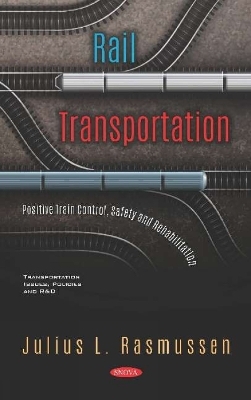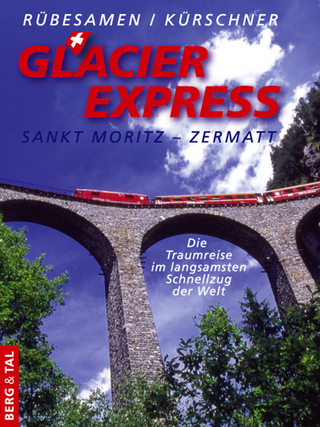The Rail Safety Improvement Act of 2008 (RSIA08) requires implementation of positive train control (PTC) on railroads which carry passengers or have high-volume freight traffic with toxic- or poisonous-by-inhalation hazardous materials. Chapters 1 and 2 discuss passenger railroads' PTC progress and FRA's steps to assist them, and how passenger railroads and FRA plan to approach the 2018 and 2020 deadlines. Chapter 3 reports on the FRA's passenger equipment safety standards using a performance-based approach to adopt new and modified requirements governing the construction of conventional and high-speed passenger rail equipment. Chapter 4 examines key characteristics of FRA's and FTA's rail safety oversight programs and strengths and limitations of FRA's and FTA's rail safety oversight programs. Crashes at highway-rail grade crossings are one of the leading causes of railroad-related deaths. Chapter 5 examines the focus of FRA's grade-crossing-safety research, how states select and implement grade-crossing projects and what data are available from FRA to inform their decisions, and the challenges states reported in implementing and assessing projects and the extent to which FHWA assesses the program's effectiveness. When a train is not moving but its engines are running, it can present risks and disruptions for the surrounding community as reported in chapter 6. Railroad bridges carry heavy and potentially dangerous loads over busy roadways and important waterways. Many of these bridges are a century old or more. However, unlike road bridges, which are the responsibility of public entities, railroad bridges are the responsibility of the private railroad companies that own or operate them. Congress has acted in recent years to improve oversight of railroad bridge safety, but incidents have prompted concerns about whether enough is being done to protect the public as discussed in chapter 7. Train derailments or collisions are often well-publicized events and receive significant attention from policymakers seeking to reduce their reoccurrence. Less attention has been devoted to trespassing, although it is a much greater cause of rail-related fatalities than derailments and collisions combined. As reported in chapter 8, over three-fifths of deaths in rail incidents have been pedestrian trespassers, and vehicle-train accidents at railroad grade crossings account for nearly one-third Congress created the Railroad Rehabilitation and Improvement Financing (RRIF) program to offer long-term, low-cost loans to railroad operators, with particular attention to small freight railroads, to help them finance improvements to infrastructure and investments in equipment. This program is the focus of chapter 9. Chapter 10 examines how WMATA spent its capital funds from fiscal years 2011 through 2017, how WMATA's new capital planning process addresses weaknesses it identified in the prior process, and WMATA's progress toward its track preventive maintenance program's goals and how the program aligns with leading program management practices.
Positive Train Control (PTC): Overview and Policy Issues (Updated)Positive Train Control: Most Passenger Railroads Expect to Request an Extension, and Substantial Work Remains Beyond 2018Department of Transportation, Federal Railroad Administration: Passenger Equipment Safety StandardsStandards for Alternative Compliance and High-Speed TrainsetsRail Transit: Federal Transit Administration Can Strengthen Safety Oversight by Improving Guidance to StatesGrade-Crossing Safety: DOT Should Evaluate Whether Program Provides States Flexibility to Address Ongoing ChallengesLocomotive Idling, Air Quality, and Blocked CrossingsThe Federal Role in Railroad Bridge SafetyTrespassing: The Leading Cause of Rail-Related FatalitiesThe Railroad Rehabilitation and Improvement Financing (RRIF) Program (Updated)Washington Metropolitan Area Transit Authority: Actions Needed to Strengthen Capital Planning and Track Preventive.



